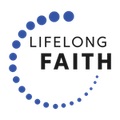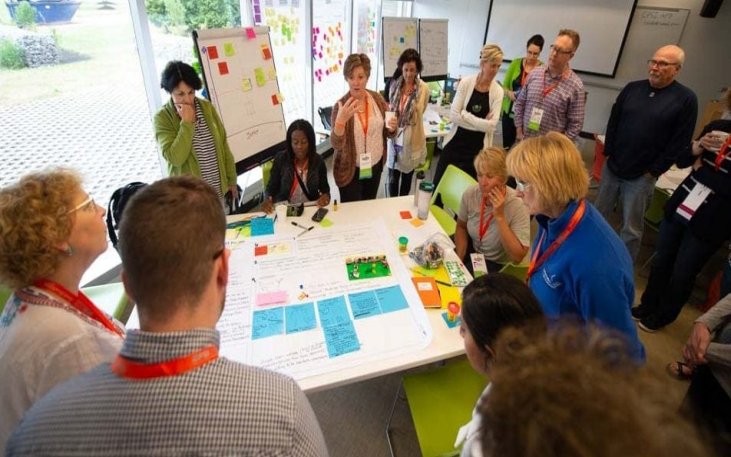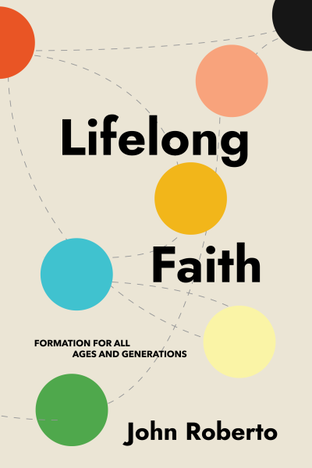Designing a Faith Formation Network
|
To learn about designing a faith formation network read the following chapters in the Lifelong Faith book:
Chapter Six. "Networks for Forming Faith with All Ages" Chapter Nine. "Integrating the Elements into a Lifelong Plan" |
Faith formation can be designed as a network of relationships, content, experiences, and resources—in physical places and online spaces—for children, adolescents, young adults, midlife adults, mature adults, older adults, and the whole family. In a network model, faith formation shifts from “one size fits all” curriculum and programming to religious content and experiences that connect with people’s spiritual and religious needs.
The nine features of a faith formation network include:
A network approach is designed in three modes: gathered programming in physical places, online programming, and hybrid programming that integrates both. Synchronous (real time) and asynchronous (on your own time) offerings expanding the opportunities for people to engage in faith-forming experiences that are responsive to their time, commitments, and availability. Designing a faith formation network involves the following eight steps.
To learn more about network programming read the two articles below and review the two example websites: Seasons of Adult Faith and Family Faith Practice.
| ||||||||||||||
Designing Hybrid Programming
|
Hybrid faith formation is the integration of in-person faith forming with online faith forming into one holistic integrated experience. A program design can begin online and then move to in-person and back to online or it can begin in-person and continue online.
Hybrid programming can be synchronous (real time) and asynchronous (on your own time)—thereby expanding the opportunities for people to engage in faith-forming experiences that are responsive to their time, commitments, and availability. We can deliver synchronous faith formation using physical gatherings, livestreaming, video conferencing, online courses, and online small groups. We can deliver asynchronous faith formation using online playlists, video and audio programs, online discussion groups, online learning platforms, websites, and more. Hybrid Approaches One way to develop hybrid programming is by beginning with in-person faith formation and then deepening it with online faith formation. We can extend the theme of an in-person event or program by curating a variety of faith-forming experiences that provide more depth and application of the theme through images, video, audio, and readings. We can deliver the content using a multimedia newsletter, social media posts, and/or a playlist on a website A second way to develop a hybrid model is to begin with online faith formation, leading to in-person experiences. This approach is known as flipped learning in which direct instruction moves from the group learning space to the individual learning space online, and the group space is transformed into a dynamic interactive learning environment where the leader/teacher guides participants as they creatively discuss, practice, and apply the content. To learn more about how to design hybrid faith formation programming:
Article
Video
Hybrid Faith Formation from Lifelong Faith on Vimeo. | |||||||
Join the Lifelong Faith Mailing List
Receive a weekly article or resource and notifications of Lifelong Faith events.
Thank you!
You have successfully joined our subscriber list.
|
This website is developed by John Roberto as a service of Lifelong Faith Associates - committed to helping churches develop lifelong faith formation for all ages and generations. |
John Roberto
Lifelong Faith Associates 133 Old Towne Road, Cheshire, CT 06410 203-232-1129 jroberto@lifelongfaith.com |





